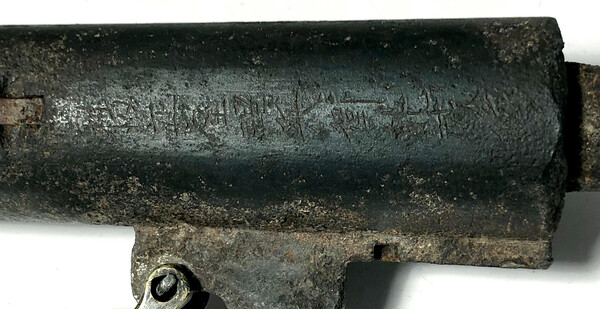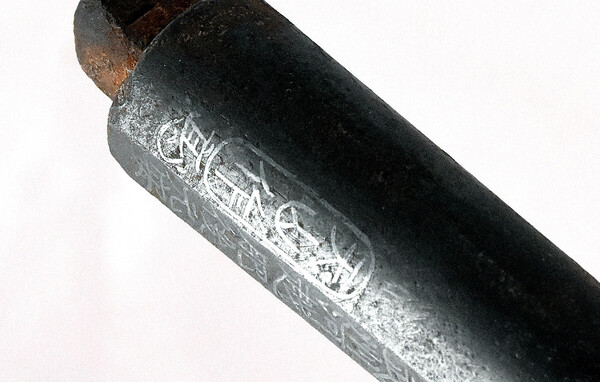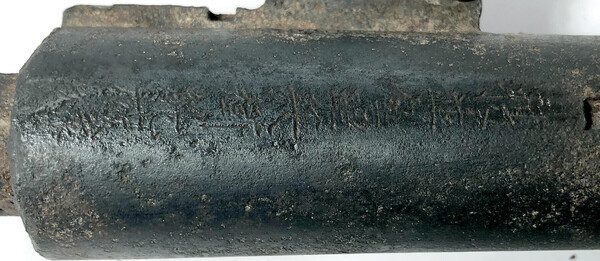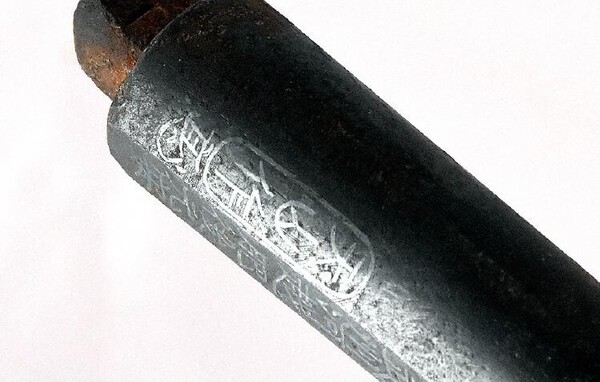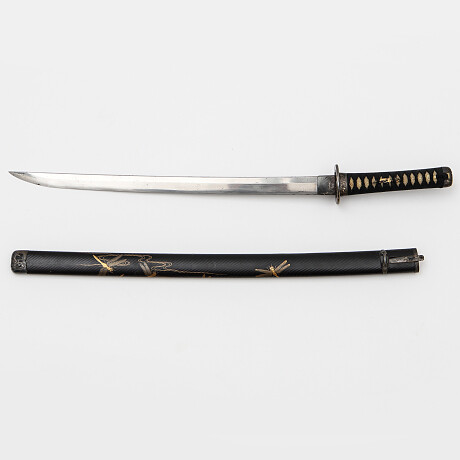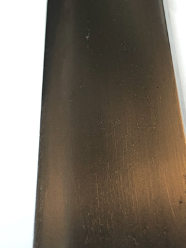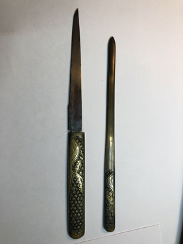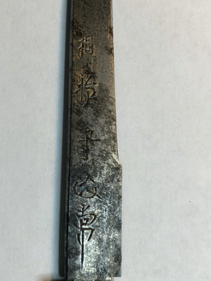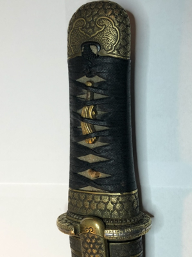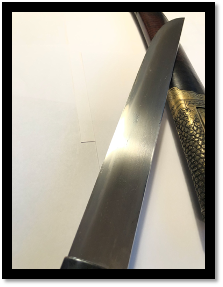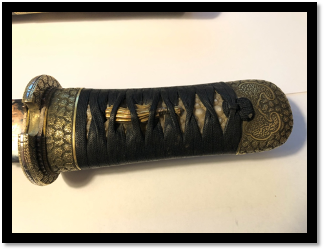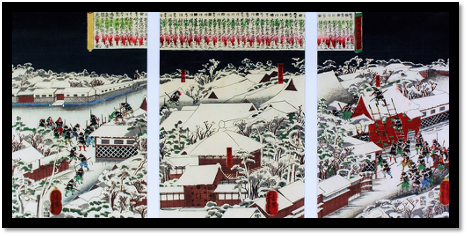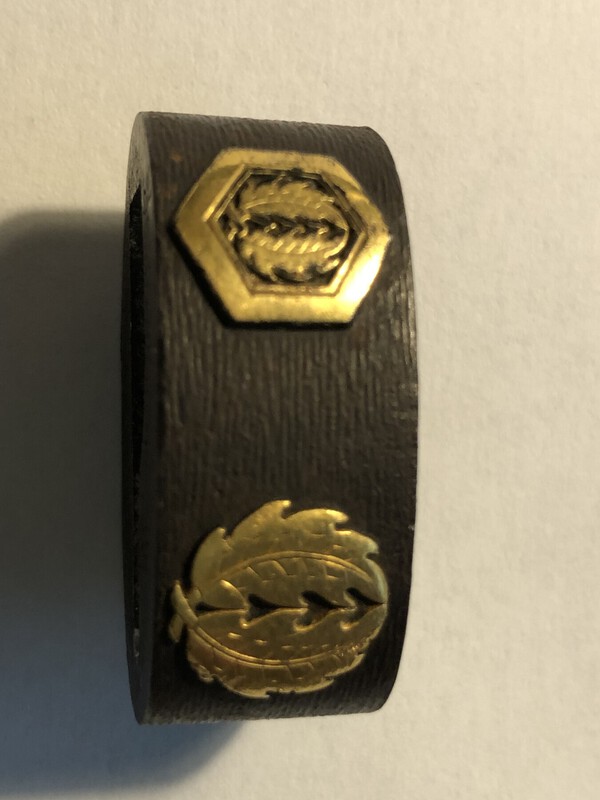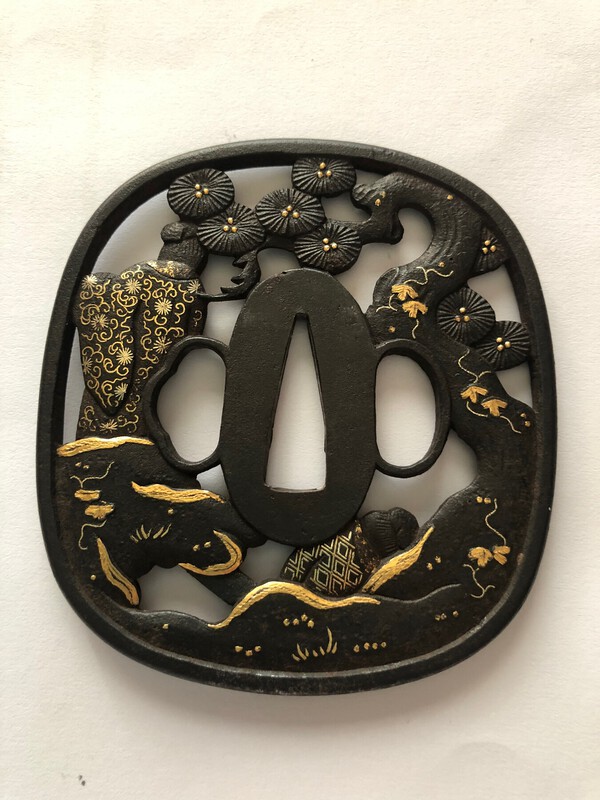-
Posts
201 -
Joined
-
Last visited
-
Days Won
1
Content Type
Profiles
Forums
Events
Store
Downloads
Gallery
Everything posted by Caracal
-
-
Thanks for the reply, This Teppo is at a local auction so I am considering bidding on it but it looks worn and probably needs to be restored. The starting price is usd 1100. The price is high so there may be a better Teppo in the future. // Robert
-
Hello I wonder what this is for Teppo. There is a signature or some kind of sign on the barrel. Can it be of any value? I'm also interested in what's written on the barrel // Robert
-
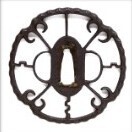
Asked for help with signature and estimation of the sword
Caracal replied to Caracal's topic in Translation Assistance
Thanks for your help with the translations👍 //Robert -

Asked for help with signature and estimation of the sword
Caracal replied to Caracal's topic in Translation Assistance
-

Asked for help with signature and estimation of the sword
Caracal replied to Caracal's topic in Translation Assistance
Thanks! Here's another signature on a Wakizashi. Hope on help with a translation on this sword. //Robert -
Hi Ken Here is a picture of my Tanto, hope you can give me advice on what period it can be from and more ... // Robert
-

What is the name of the smith on my Naginata blade.
Caracal replied to Caracal's topic in Translation Assistance
Hi Jussi, Naginata with mei (No 1. Kunishige) Nagasa: 38 cm Sori: 2 cm Widest part of the blade 3 cm I also send with photos on another Naginata No. 2. Longer but mumei Nagasa 43 cm Sori 3 cm Widest part of the blade 3 cm //Robert -
Here is my Tanto that I have thoughts about. Nagasa 9 inches, Suriage, suguha, Old polish, Hamidashi tsuba in brass engraved millet ear, Lobster style issaku koshirae, Kojiri brass plate, a lobster tail is engraved, Kozuka brass plate, engraved millet ear. Kogai brass plate, engraved millet ear. Menuki in the form of whispers, Sugata hira tsukuri. *Too bad a surigata is missing. What time period can it be for blade, it is a mumei blade. Interested in all the information about this Tanton.... // Robert
-

What is the name of the smith on my Naginata blade.
Caracal replied to Caracal's topic in Translation Assistance
Hi Steve, Here are some pictures of mei. A little difficult to get a good photo as the signing is not so good. Hope you can see something so I get an explanation of what a blacksmith it could be. It's close to what it looks like to be Kunishige? //Robert -

What is the name of the smith on my Naginata blade.
Caracal replied to Caracal's topic in Translation Assistance
Conclusion: I think my Naginata is a Naginata made for women during the latter part of the Edo period. It is small 15 inches, the weight is light and flexible. Thanks to our discussion, I have received a lot of help. I still wonder how to get hold of the blacksmith Kunishige as only the name is on nakago with only two characters. The smiths that the sword smith index shows are swordsmiths but there is nothing to say that they made Naginatas. Maybe I should be happy with the info I received ........ // Robert -

What is the name of the smith on my Naginata blade.
Caracal replied to Caracal's topic in Translation Assistance
I can see that the two Naginata are similar. My question is how were they developed over time and were they not made by person depending on length etc. First for war until the end of the 16th century then for defense for women during the Edo period. They may have become smaller and lighter, especially for women's practice. Thanks for all the answers, I will now study further about Naginatan's history. Difficult with the blacksmiths as there are apparently many with the name Kunishige. I have to stay around the Shinto period. // Robert -

What is the name of the smith on my Naginata blade.
Caracal replied to Caracal's topic in Translation Assistance
Yes I think maybe it's a Naginata from Shinto era made for women and with a shorter lighter blade. Thanks for the pictures John. Here is some photos for you Adam. What can you see from the pictures? //Robert -

What is the name of the smith on my Naginata blade.
Caracal replied to Caracal's topic in Translation Assistance
Could it be a Naginata from the Kanabo School? Kanabo School was renowned for producing masterpiece pole arms, such as the Jumonji Yari. Many Kanabo smiths were rated as Wazamono (certified sharp by cutting test). Kanabo School works vary from mass produced to Juyo Token masterpieces. Correct me if I'm wrong. -

What is the name of the smith on my Naginata blade.
Caracal posted a topic in Translation Assistance
Hello I need help with a blacksmith's name on one Naginata blade. The name is short so I wonder what it could be Grateful for any answers // Robert -
Hello, Does anyone know this artist and the painting? Grateful for any answers. //Robert Artist: Yoshikazu Ichijusai ( 1850-1870) "Kira kozuke no Suke" Attack of Daiymo's mansion "Kira kozuke no Suke. On the night of January 30, 1703 (the 14th day, 12th month, the year Genroku-15, according to the Japanese calendar), Asanos Samurai broke into Kira's mansion, after nearly two years of careful and secret planning, and killed him in revenge. . They then surrendered to the shogun / authority and all 47 Samurai were ordered to commit seppuku for the murder. Publ. Kagaya Kichubei (Kichieimon) Printed and censored in 1859 (5 良 義 央, October 5, 1641 - January 30, 1703) Artist: Yoshikazu Ichijusai (avt. 1850-70)
-
Thank you all for the information, yes it is a Shikami if i study further after your information... Thanks //Robert
-
Hello I wonder what god or demon it is on this Tsuba? It is not signed but it is a Sukashi Tsuba in iron. Can it be Fūjin (風神), or Futen, who is the Japanese god of the wind and one of the oldest Shinto gods, or god of war Hachiman (also called Yahata no kami)? or is it a Shishi dog? Height: 8.38 cm x 8.32 cm (3.29 inches x 3.27 inches) Rim thickness: 0.44 cm (0.133 inches) Weight: 147 grams / Robert
-
Which craftsman may have made this Fushi and when may it be made. Grateful for any help on this fuchi. Robert
-

What Teppo is this (type, age etc)
Caracal replied to Caracal's topic in Tanegashima / Teppo / Hinawajū
Ok thank you i will try Robert -
Great thank you very much...... Robert
-
Here comes a nice Soten Tsuba, NBTHK Hzon certificate. A work by Mogarashi Nyudo Soten Sei. Jidai (era): Edo. Dimensions: (3.23 inches x 2.16 inches) Weight: 111 grams. // Robert
- 1 reply
-
- 5
-

-
The smith's name is Oushu Ju Masanaga (1: a generationen) Kanei era 1644 – 1644, Provins Iwashiro- Robert


